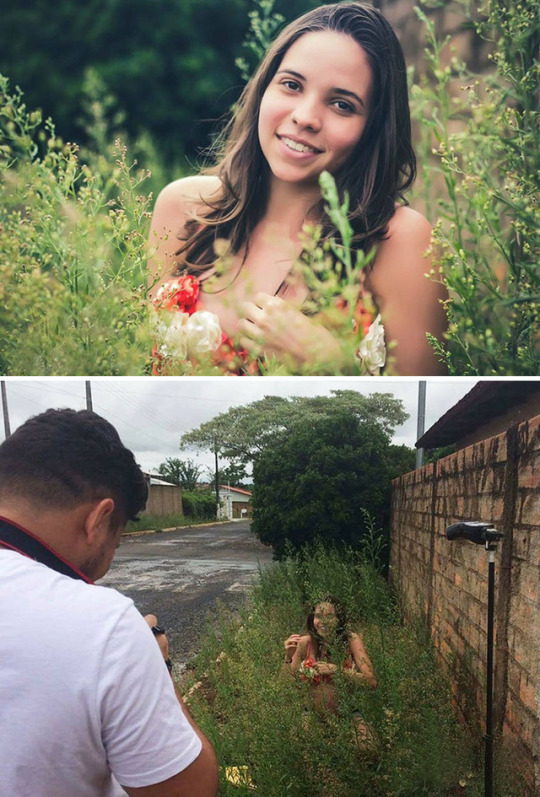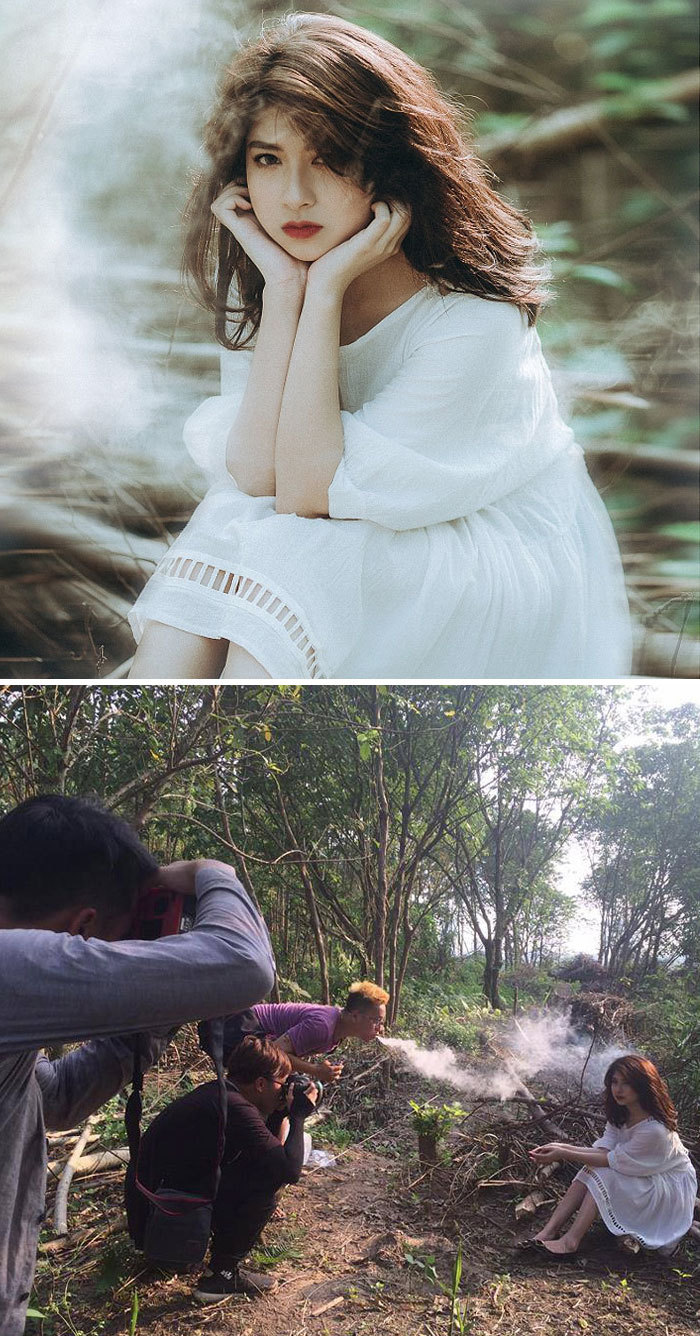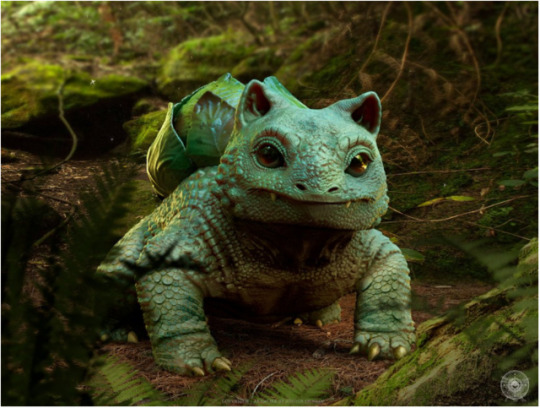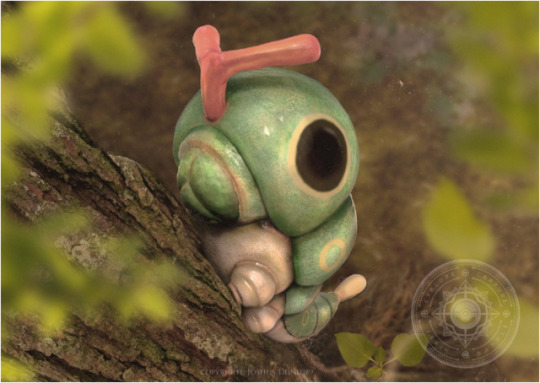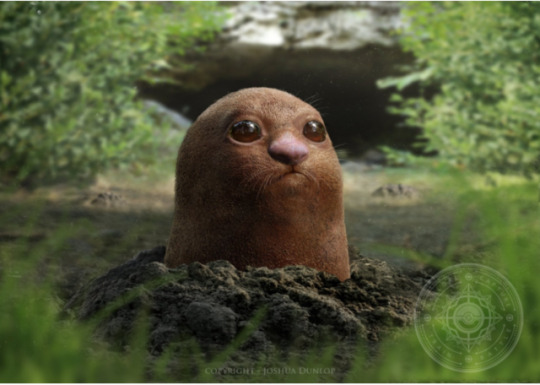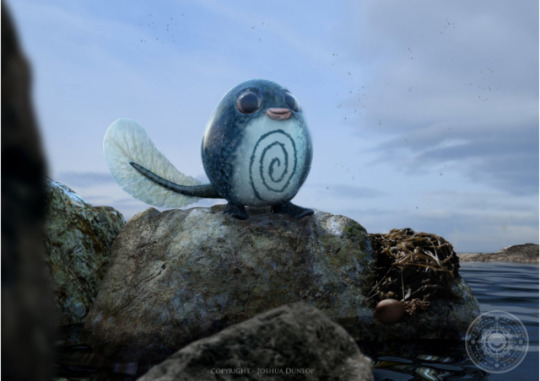Text
Feel so much lighter.
Drunk and free. Finally spilled my guts on a secret from my childhood and feel alive. Accepting and moving on is the only option. Finding the 'truth' will be impossible, but i know in my self, and i'm grateful for being able to speak about it for the first time completely.
3 notes
·
View notes
Photo

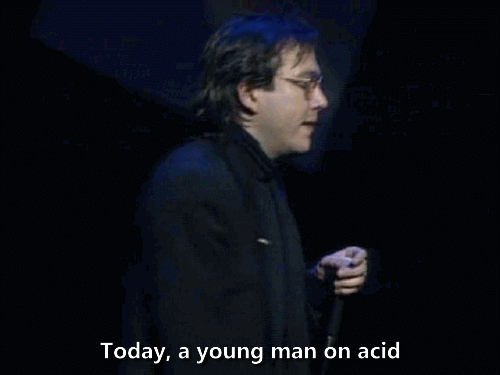




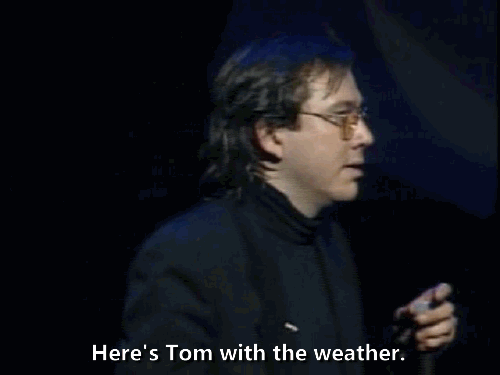
“Life is only a dream, there’s no such thing as death, and we are the imagination of ourselves.”
Bill Hicks, Relentless (1992)
14K notes
·
View notes
Photo

My bestest friend in the whole wide world. I'd be so far beyond lost without him ❤️
2 notes
·
View notes
Photo

144-Year-Old Wisteria In Japan With Branches Protruding Out Half-A-Mile Long
“It’s a rainbow, it’s a roof, it’s a tree? This 144-year-old Wisteria located in Japan looks nothing like your ordinary tree. With branches protruding out half-a-mile long, standing beneath this tree makes you truly feel like you’ve slipped into another world. A world where an enchanted pink sky hangs like a canopy overhead.
The pink and purple blooms typical to the wisteria tree are spread wildly throughout, extending far and wide. The ginormous vines stretching out of the tree are held up by steel rods placed throughout. Otherwise, the weight of the branches would cause the tree to collapse in on itself–potentially trapping awed visitors inside!
In all seriousness, the steel rods make it possible to venture beneath this tree and see how stunning it looks from the underside. From inside, the light pours in through the brightly colored vines, reflecting off of the flowers in unimaginable ways.
There are wisteria trees in many parts of the world, but one of the most well-known gorgeous giants is located at Ashikaga Flower Park. After looking at these photos I’m ready to book the next flight to Japan!

Planted around the year 1870, this tree has since brought so much delight. The wisteria is at its peak beauty between mid-April and mid-May.

Tourists and locals come to visit this tree, the sights that it offers never get old. Not only is the tree fun to gawk at from all angles, but the vines give off a lovely aroma, reminiscent of grapes.

I love this photo (above) because you can actually see the tree branch in all its curved glory. It’s not really a tree branch but rather a tangle of thick vines. Either way, the trunk’s shape makes this tree all the more mystical in my eyes.

You can see the rods supporting the heavy vines of the wisteria, wisteria that do not have a surface to grow up, or support them, will fall and start to grow into a large heap.

Depending on what time of day you visit, the lighting changes offering a world of diversity. Beware, even though this tree appears beautiful the seeds that it sheds are actually poisonous.
A part of the pea family, the light brown to pale green seeds shed by the wisteria are rather large. Not only are they poisonous, but they are also explosive. When left out unattended, they are known to explode, popping open and splitting apart with a loud sound.

Wisterias look like they have regular tree branches, but they are actually vines. These vines can climb up any nearby support systems, and can grow as tall as 20 meters.
Within only a few years a wisteria can gain a substantial amount of weight. Still, the wisteria will take its time developing to the point where it produces blooms, some take several years. Don’t give up on your wisteria tree just yet, others take as long as 6-10 years to bloom. According to these images, it’s well worth the wait.

Japan’s large wisteria is not the only one, nor is it the largest. There is a wisteria located in Sierra Madre, California that stretches an entire mile long and weighs over 250 tons. This wisteria was planted back in 1894.
If you don’t live close to any huge wisteria trees, at least you can plant and grow your own wisteria. Within one year they can grow 10 feet!
Wisterias aren’t all that hard to look after either, according to the US Plant Hardiness scale they are one tough hunk of bark! Even capable of growing in soil that is of poor quality.

Feeling obsessed with these photos? Wisteria has a way of luring people in, hence the name. Wisteria symbolizes “passionate love” or “obsession” in the Victorian language of flowers.“
76K notes
·
View notes
Photo

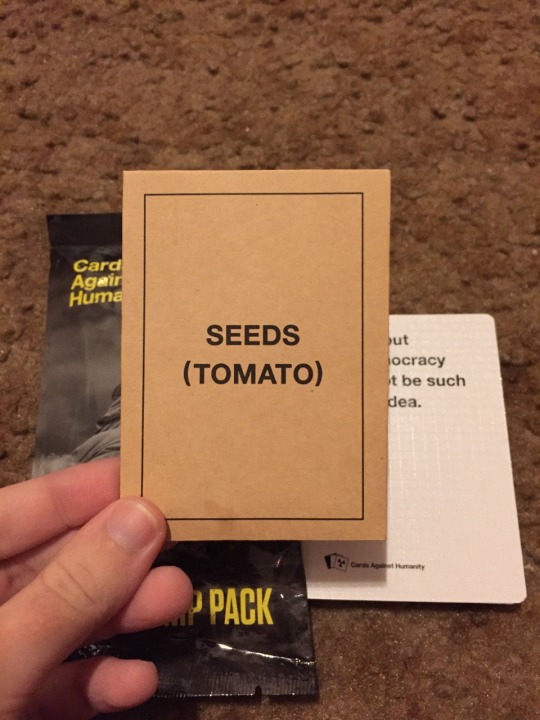
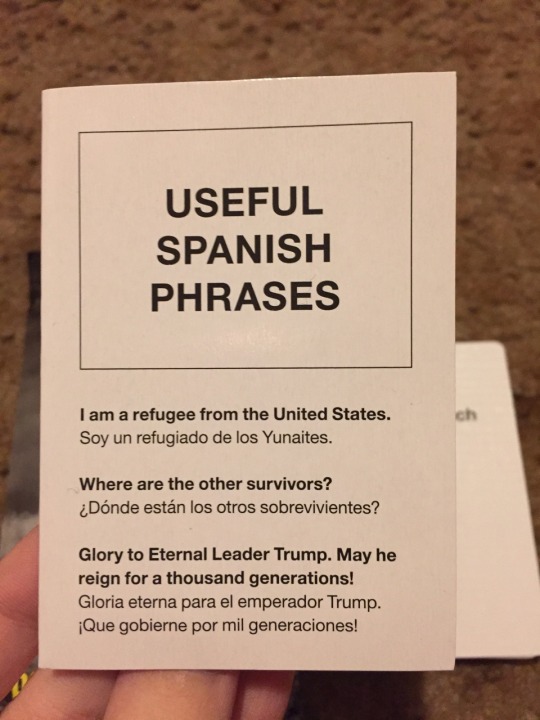



just in case we all forgot how insane the Cards Against Humanity people were
634K notes
·
View notes
Photo

After paper, food scraps are the nation’s second largest source of waste, according to the US Environmental Protection Agency. Leftovers fill 18% of landfills and make up over 30 million tons of what is sent to dumps each year.
“Imagine a football stadium filled to its brim,” founder Komal Ahmad said. “That’s how much food goes wasted every single day in America.”
Since Feeding Forward launched in 2013, the service, which so far serves only the San Francisco Bay Area, has recovered more than 684,000 pounds of food. That means it’s fed more than 570,000 people and diverted more than 3.42 million pounds of carbon dioxide emissions from landfills.
Source
3K notes
·
View notes
Photo



How cute is this little cuttlefish??
11K notes
·
View notes




